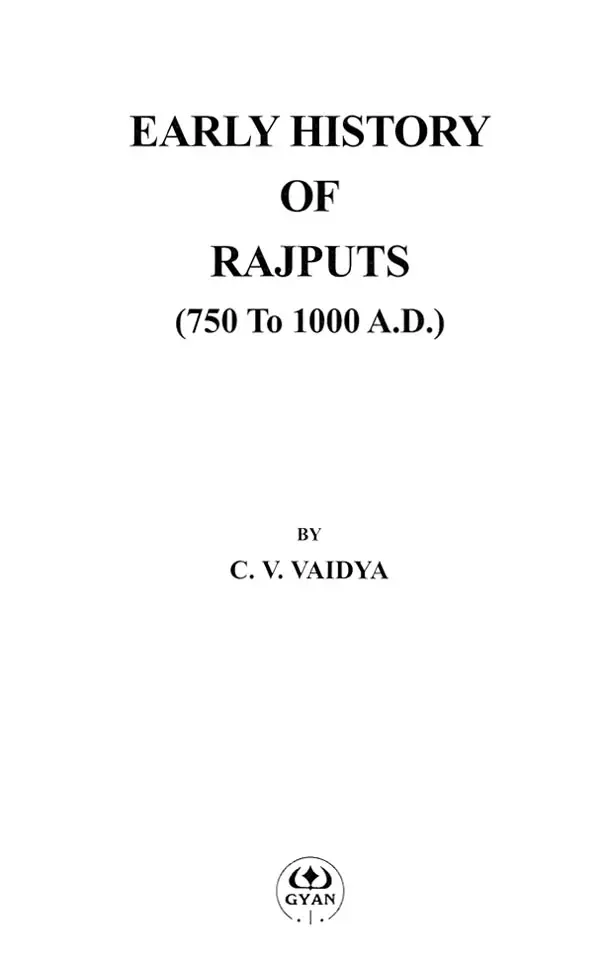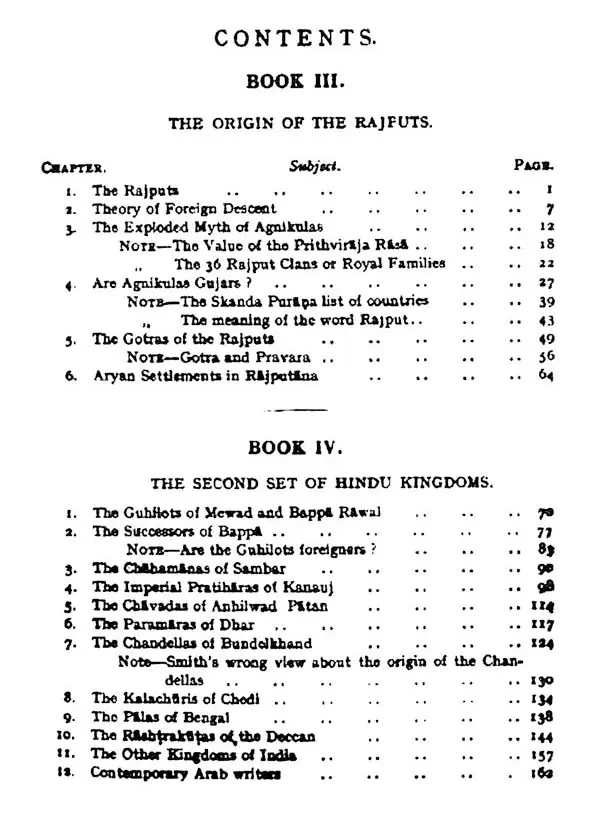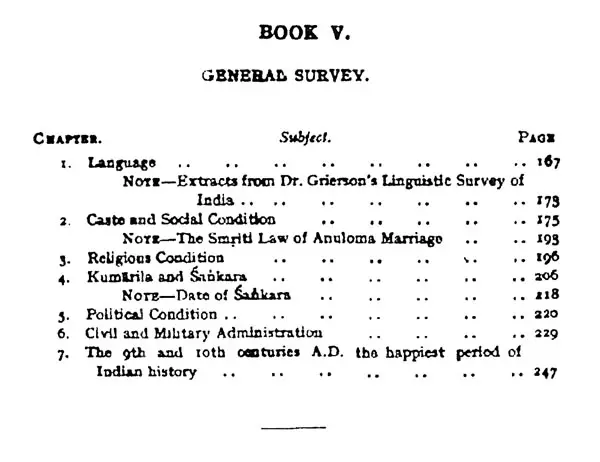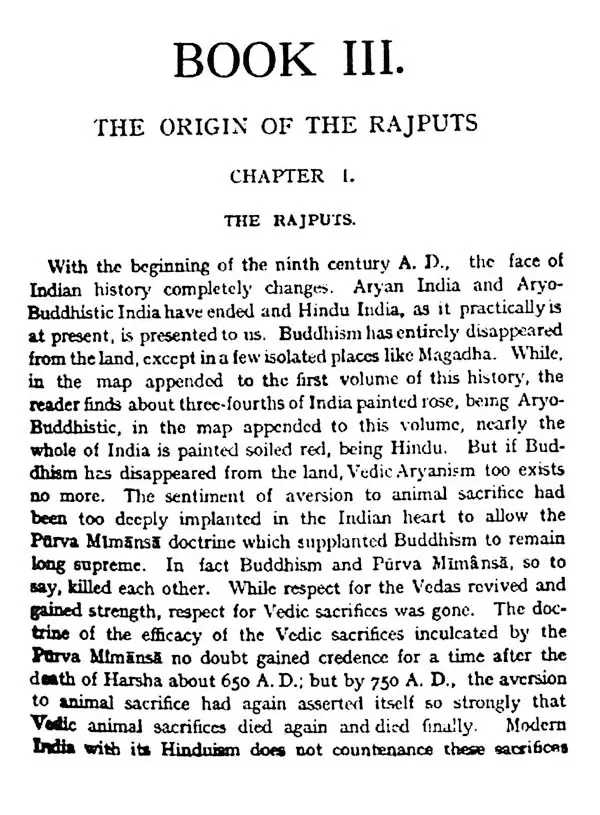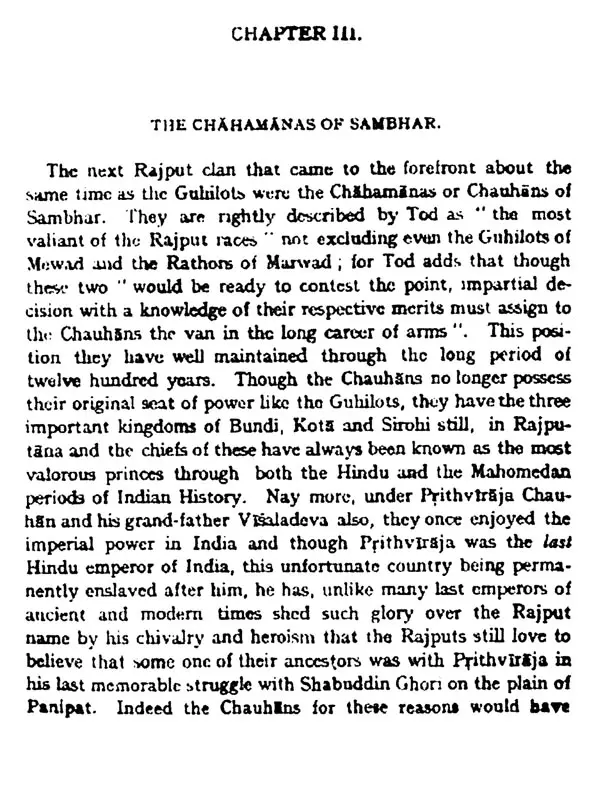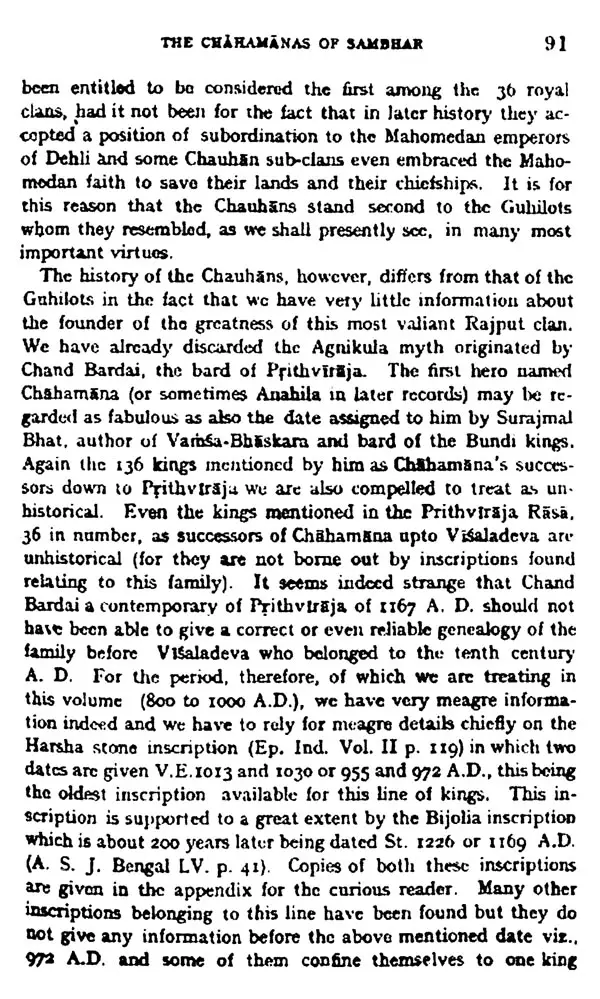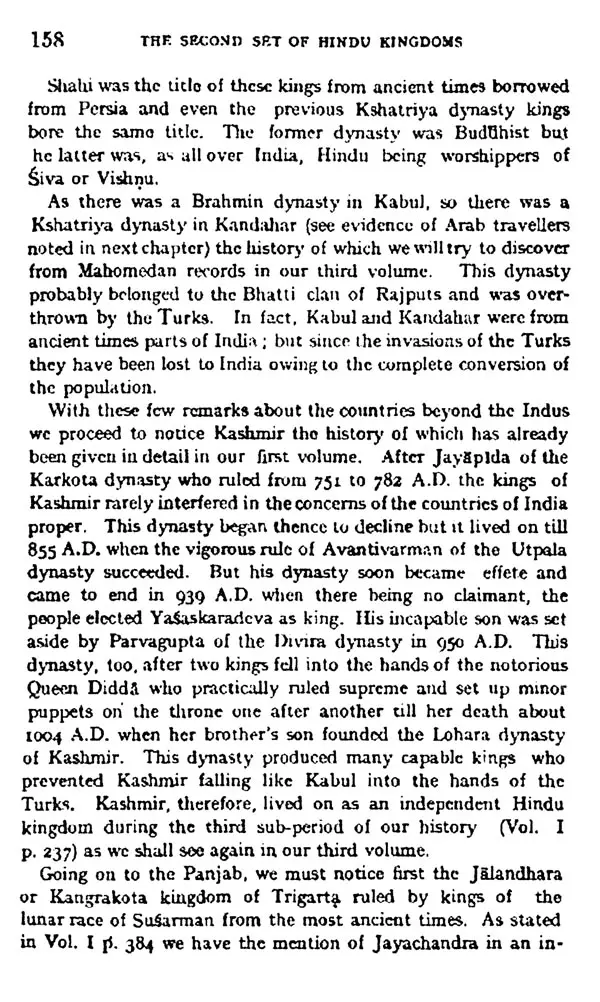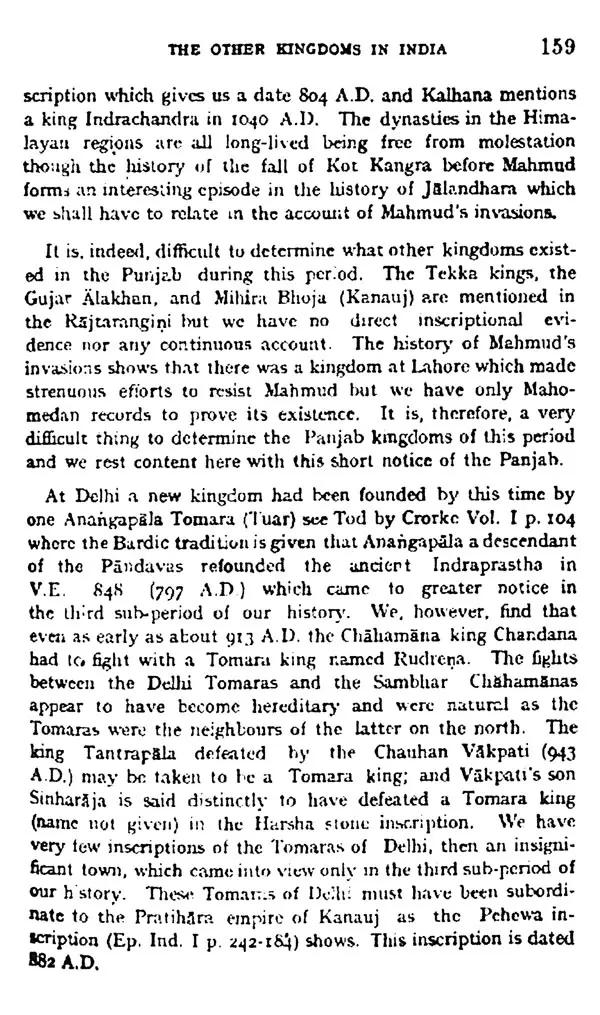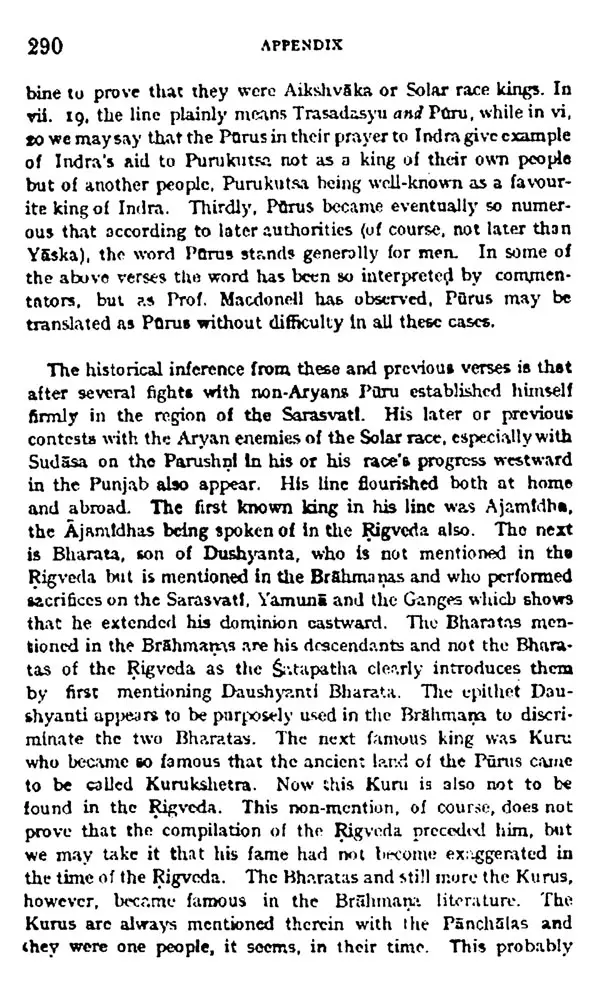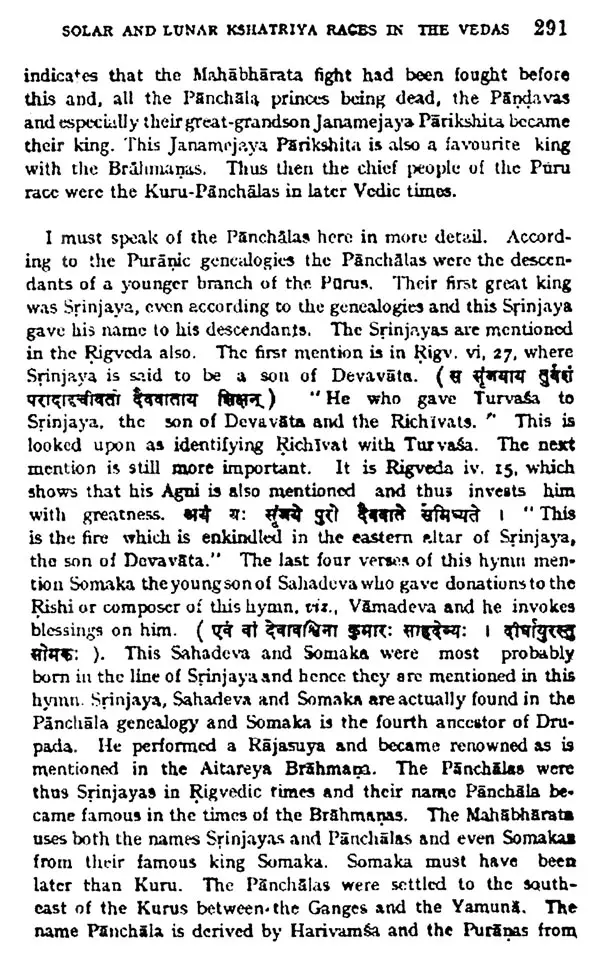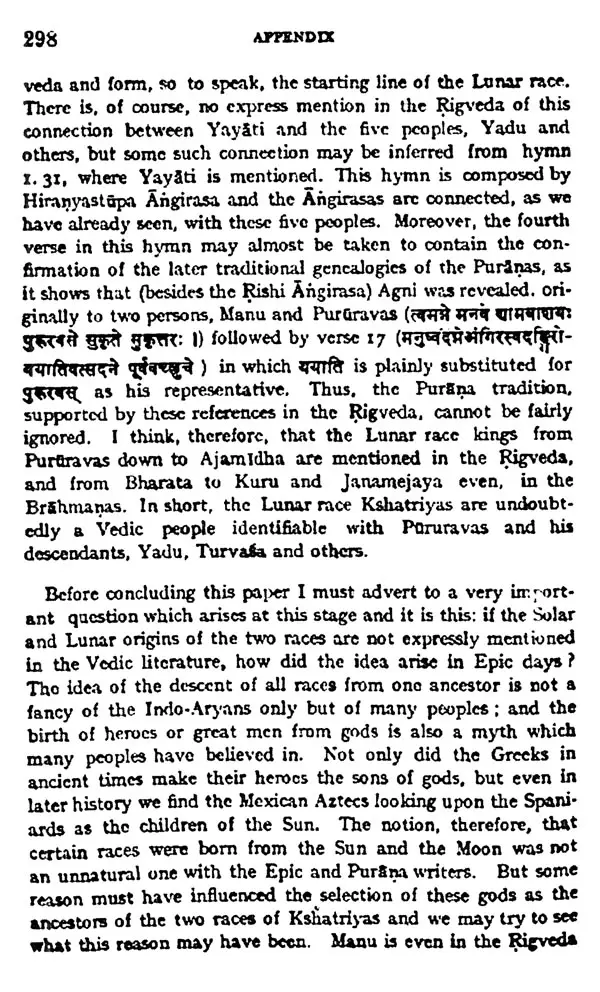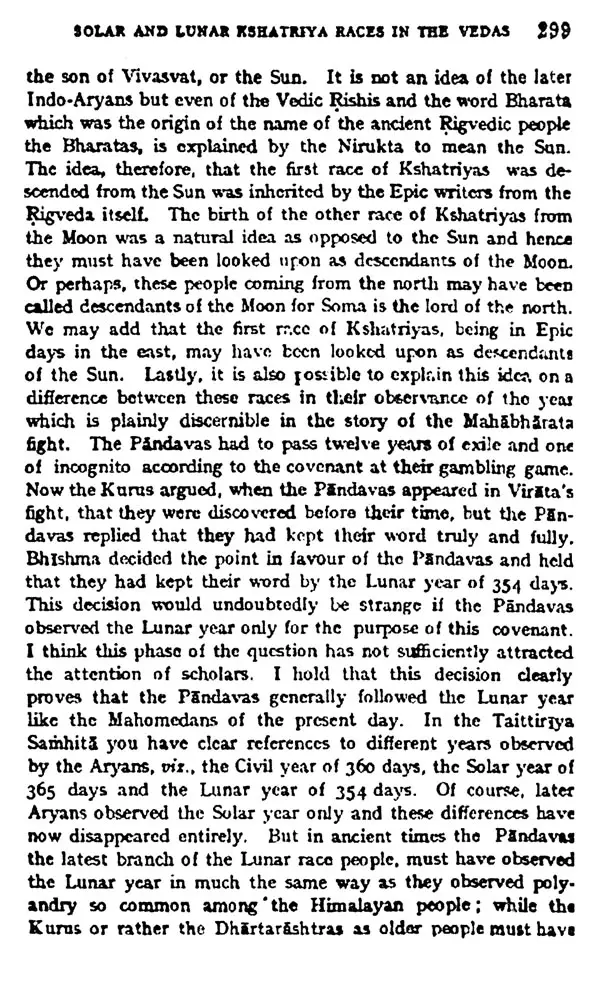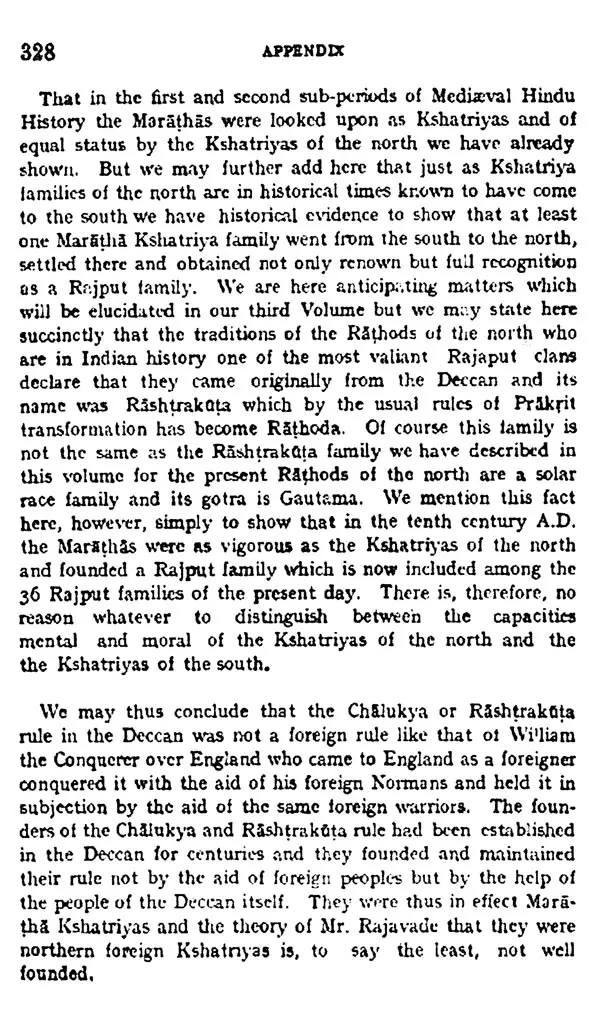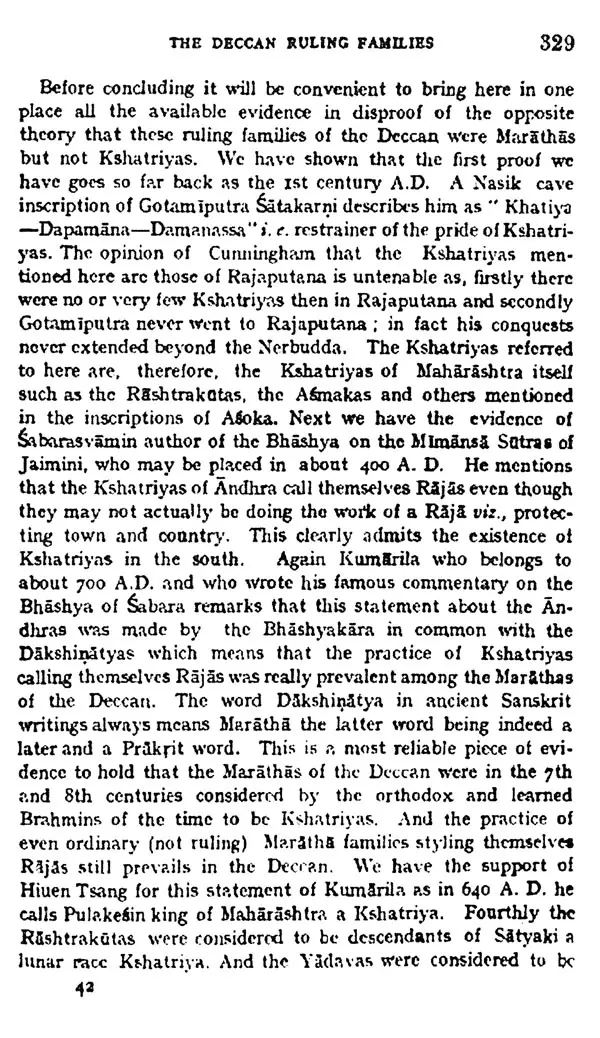
Early History of Rajputs (750 to 1000 A.D.)
Book Specification
| Item Code: | UBE141 |
| Author: | C.V. VAIDYA |
| Publisher: | Gyan Publishing House, New Delhi |
| Language: | English |
| Edition: | 2018 |
| ISBN: | 9788121219402 |
| Pages: | 384 |
| Cover: | HARDCOVER |
| Other Details | 9.00 X 6.00 inch |
| Weight | 580 gm |
Book Description
The origin of the Rajputs has been a much-debated topic among the historians. Colonial-era writers characterized them as descendants of the foreign invaders such as the Scythians or the Hunas, and believed that the Agnikula myth was invented to conceal their foreign origin. According to this theory, the Rajputs originated when these invaders were assimilated into the Kshatriya category during the 6th or 7th century, following the collapse of the Gupta Empire. While many of these colonial writers propagated this foreign- origin theory in order to legitimize the colonial rule, the theory was also supported by some Indian scholars, such as D. R. Bhandarkar. The Indian nationalist historians, such as C. V. Vaidya, believed the Rajputs to be descendants of the ancient Vedic Aryan Kshatriyas. A third group of historians, which includes Jai Narayan Asopa, theorized that the Rajputs were Brahmins who became rulers.
Chintaman Vinayak Vaidya (1861-1938) was a Marathi language histotian and writer from Maharahtra, India. He was a chief justice of Gwalior state for a period in 1908. Vaidya chaired the Marathi Sahitya Sammelan held in Pune later he became involved in the nationalist Congress Democratic Party which was led by Bal Gangadhar Tilak. C.V.Vaidya wrote many books which involved Mahabharat - a criticism Valmiki Ramayan Parikshan etc.
In this second volume of our history is presented to the reader the history of the second sub-period of medieval Hindu history of India. As stated in the beginning of the preface to our first volume, the mediaeval Hindu period of Indian History extends, according to our view, from 600 A.D. to 1200 & D roughly, i. c. from the accession of Harsha, the last Buddhist Emperor of India to the death of Prithvi- raja, the last Hindu Emperor of India. This period of about 600 years curiously enough falls into three sub-periods of about 200 years each, in which appezz on the stage of Indian history different sets of Hinds kingdoms. In the first volume we presented to the reader the history of the first set of Hindu king- doms led by the Varmas of Kanauj and the Chalakyas of Badami. Indeed, throughout the Hindu period, Kanauj in the north appears to have been the acknowledged capital of India and there was always a competing kingdom in Maharashtra struggling to divide imperial honour with it in the south. These first imperial Hindu kingdoms at Kanauj and at Badam! disappear about 800 A. D. with other kingdoms, and the second set of Hindu kingdoms come in, led by the Pratihäras in the north and the Rashtrakutas in the south. These again disappear about the end of the second sub-period, i. c. about 1000 A. D and the history of this second set of Hindu kingdoms is presented to the reader in this volume. A third set of Hindu kingdoms appear hereafter led by the Gaharwars of Kanauj and the later Chalukyas of Kalyan in the north and the south respectively; and their history will be given in our third volume.
The most remarkable thing about the second set of Hindu kingdoms is that they are ruled by kings who call themselves Rajputs. In fact, the Rajput clans which exist today in India trace their descent to kings who established their rule about this time. And hence this period is conspicuously characterised by the rise of Rajput families. We have consequently given a second name to this volume, namely, the Pristine History of the Rajputs; and this volume chiefly contains the initial account of several Rajput families. Even Tod, the historian of the Rajputs could not give this history in sufficient and well authenticated detail owing to the absence of the epigraphic material which has since been so amply collected. This history, therefore, will be particularly interesting to Rajputs and to all those who admire the noble qualities of that heroic race.
Book's Contents and Sample Pages
